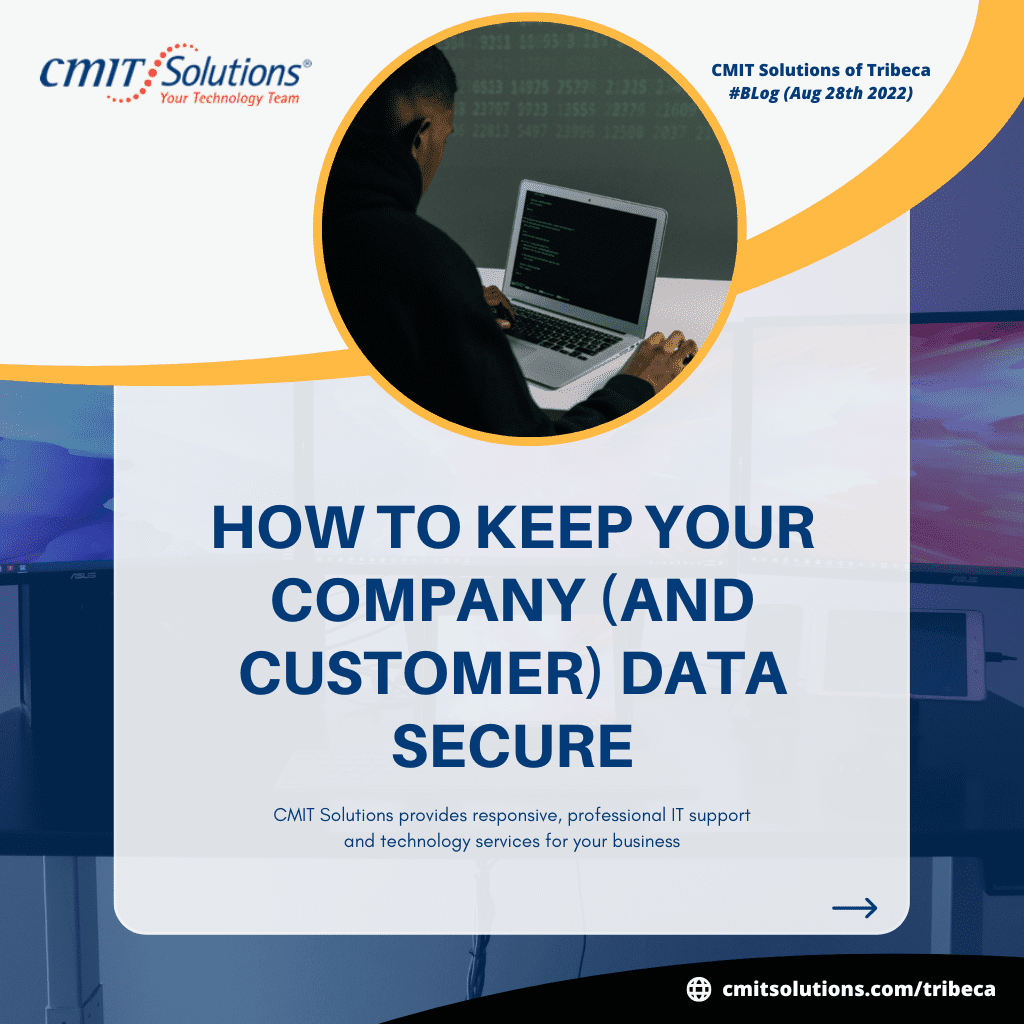Any forward-thinking corporate executive is aware that protecting consumer privacy is now a top issue, particularly given the rising value and volume of data. The irony is that cybersecurity breaches continue to harm reputations and bottom lines worldwide seriously. According to reports, small firms may lose more than $2.2 million annually to cyberattacks, and 60% result in the company’s closure in the first six months after a breach. To increase security, many companies are examining their login and verification procedures and implementing two-factor authentication (2FA). You’re at the proper place if you’re not familiar with 2FA.
How does two-factor authentication function? What is it?
As the name implies, 2FA entails obtaining two sets of passwords that users must successfully input to access their accounts. The user’s password is the initial password, which they must keep in mind. However, this password alone is insufficient owing to the apparent hazards of these passwords, such as phishing attempts and malware.
The second password is used in this situation. Users must demonstrate their identity with a second factor in two-factor authentication, typically using dynamically generated one-time passwords (OTPs), physical security keys like access cards or USB key fobs, or biometrics like face or thumbprint IDs.
The second factor’s nature makes acquiring it more challenging for attackers, giving an additional layer of protection and significantly reducing risk.
Selecting the appropriate routes for two-factor authentication for your app
Although it’s widely acknowledged that two-factor authentication (2FA) is one of the most excellent methods for organizations to secure client data, there are several possibilities, and each 2FA channel has advantages and disadvantages of its own. You must consider which authentication channels will give your consumers a seamless experience while not causing your company to pay unnecessary expenditures when selecting the best ones for your organization. Here is a summary of the advantages and disadvantages of five of the most popular digital two-factor authentication systems available to assist you.
SMS-based two-factor authentication
Because consumers don’t need to download extra apps or carry separate devices, SMS is the most popular 2FA method because it is both inexpensive and highly deliverable. Users will get a 5- to 10-digit number by SMS after successfully logging in with their username and password or after making an online purchase or transaction, which they may input to access their account or approve their transaction. SMS two-factor authentication has excelled in providing security. Google claims that using SMS 2FA provided 100 percent protection from automated bots, 96 percent protection from large-scale phishing assaults, and 76 percent protection from targeted attacks.
Email-based two-factor authentication
Similar benefits to 2FA through SMS exist with email; no additional devices or applications are needed, making onboarding simple and authentication nearly frictionless. OTPs are only one type of email, 2FA. Another is magic links, like those used by Slack and Medium, which let users access their accounts by simply clicking a link rather than manually entering a code.
Email may be a very dangerous 2FA channel, though, as email is typically used to change account passwords. This indicates that to retrieve both of the customer’s 2FA passwords, attackers only need to breach one channel—the email address.
App-based two-factor authentication
App-based 2FA, sometimes referred to as Time-Based One-Time Password (TOTP), is akin to the digital equivalent of physical security tokens. This implies that your users will need to download an authenticator app on their PCs or mobile devices. Users can scan a QR code to obtain a unique password or login token once they have completed the username and password step.
App-based 2FA is independent of network connection, unlike SMS and email. Instead, the software generates unique codes periodically (usually every 30 seconds) and syncs them to your platform based on the time of day.
However, downloading an app onto their devices may be a turnoff for some customers. Such authenticator applications demand that you invest more resources in their creation and continuous maintenance. The other issue is that the attacker will access your TOTP if your phone or PC is stolen or hacked.
Push-based two-factor authentication
Push-based 2FA tells a user that an attempt has been made to access their account, allowing them to approve or refuse the request. This approach is similar to Apple’s Trusted Devices mechanism for logins or DBS’s app authentication for online purchases.
The ability to refuse access, which businesses can track as proof of illicit access, is a significant benefit this route offers over many others. Some customers find it more comfortable to push an OTP instead of manually putting it in, and doing so makes your platform more secure from phishing attacks.
However, SMS only needs access to a telephone network, whereas authenticator applications need not; push-based 2FA does require a functioning data connection. Like SMS or email channels demand less programming labor, push channel implementation is a little more complicated.
Voice-based two-factor authentication
When an OTP is given via voice 2FA, a text-to-speech service is used to deliver it over the phone. Users who lack access to a smartphone or data connection or who have trouble understanding text-based OTPs, frequently prefer it.
Voice is prioritized on carrier networks, which makes it more dependable, although SMS deliverability and cost may differ from country to country. Voice 2FA also provides language localization for users from other countries and is quite simple to implement. Calls can, however, be recorded or routed, leaving them relatively open to intrusion.
OTP APIs can help you automate your two-factor authentication procedure.
It is imperative to invest in putting more robust cybersecurity and data privacy safeguards in place. In reality, 2FA solutions have been a massive success in various sectors, and some businesses have even implemented numerous 2FA channels so that there is a fallback in case one is compromised. Beyond regulatory compliance and consumer satisfaction, 2FA may be the decisive reason customers choose your app over rivals.
At CMIT., we are wholly committed to assisting our clients in succeeding, and we take your security very seriously.







